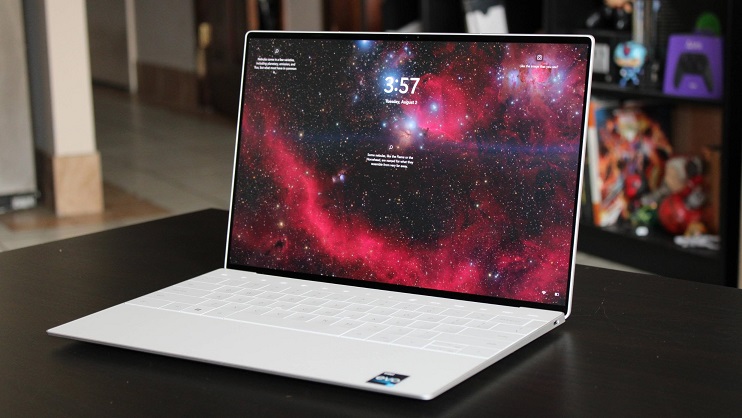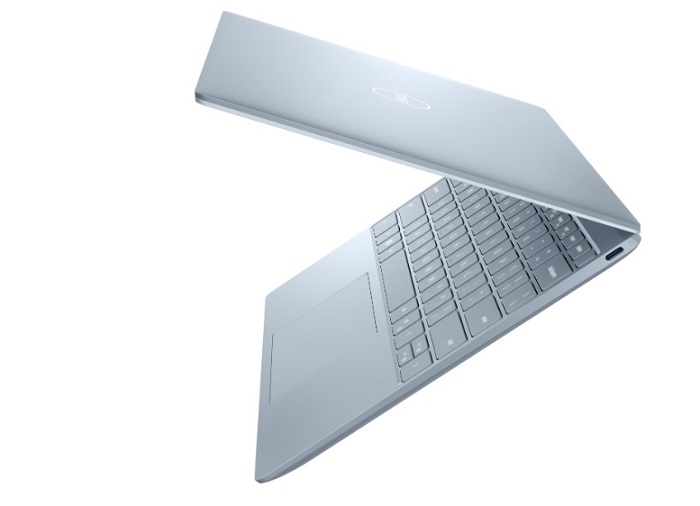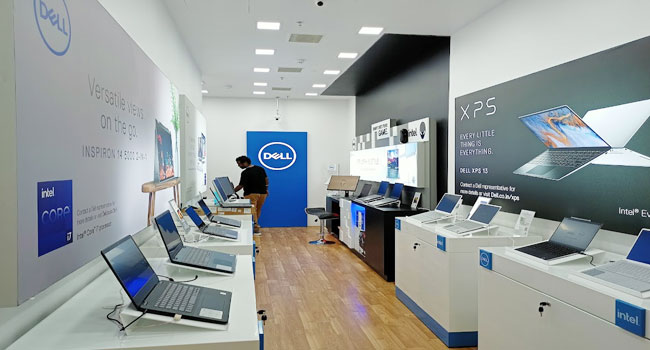
The Dell XPS 13 has long been a go-to choice for Windows users seeking an alternative to the MacBook Air. Having reviewed the 2020 model, I can attest that it was among the most impressive gadgets I’ve had the pleasure of testing.
From its top-notch screen to its robust build quality, stellar performance, and exceptional battery life, it left a lasting impression.
However, the landscape has shifted with Intel’s 12th and 13th Gen processors, bringing forth a new reality. While Apple and AMD have made strides in power and efficiency, the XPS 13 remains firmly rooted in Intel territory.
Unfortunately, some of Intel’s 12th Gen offerings have proven to be somewhat one-dimensional in this regard. You can opt for power with the H-series, aim for efficiency with the U-series, or seek a middle ground with the P-series.
Dell, in response, has diversified its XPS 13 lineup. You can choose the XPS 13 Plus, a P-series OLED powerhouse that emphasizes performance over efficiency.

Alternatively, there’s the standard XPS 13, a more traditional U-series clamshell that prioritizes portability and battery life. The model I tested retails for $1,149, making it $350 cheaper than its Plus counterpart. If the XPS 13 Plus caters to the power users, the XPS 13 is designed for everyone else.
In my recent weeks with the standard XPS 13, my overall impression is that it’s solid, but not without its nuances. It falls short of its 2020 predecessor in some aspects while excelling in others. Notably, it maintains the XPS line’s reputation for outstanding build quality.
The display and speakers are decent, with an intriguing off-purple color option. While it stands as one of the top Windows laptops available, it still can’t quite match the performance and efficiency of today’s MacBooks, highlighting the state of the Windows laptop market.
Let’s begin with one area where the XPS 13 clearly excels: portability. Weighing just 2.59 pounds and measuring a mere 0.55 inches thick, it’s a traveler’s dream.
I managed to slip it into the front pocket of my backpack alongside ski gear during a weekend trip, a feat few other laptops could achieve.

The XPS 13’s build quality remains exceptional, constructed from aluminum with a low-carbon footprint and glass elements. Although it acquired a few scratches in my backpack, it doesn’t collect fingerprints, a problem I encountered with the darker Plus variant.
The keyboard and touchpad continue to impress, offering a smooth, responsive surface and satisfying clicks. While the touchpad is slightly smaller than some, the keyboard provides comfortable typing with sleek backlighting. The arrow keys are half-height, which may be a minor inconvenience for some.
The display is a highlight, boasting crisp details and vibrant colors. With 500 nits of brightness, it adapts well to various lighting conditions, rarely necessitating more than 20-30 percent brightness.
However, one common gripe is the limited display options, as this XPS 13 model offers a 1920 x 1200 60Hz IPS panel with no OLED choice currently listed on Dell’s website. While some users desire more choices, I’ve found OLED XPS models to significantly impact battery life, making them less appealing.
In terms of video calls, the webcam could be better, and background details appear washed out. The microphones perform decently but produce processed audio. Audio quality, on the other hand, leaves something to be desired, requiring high volume levels for clear sound. The downward-firing speakers, with a total output of 4W, fall short for public spaces.
One aspect that deserves criticism is the limited port selection. With only two USB-C/Thunderbolt 4 ports, one typically occupied by the charger, connectivity options are restricted. While the package includes a USB-C to USB-A adapter and an optional USB-C to 3.5mm adapter, it remains inconvenient for users who need to connect multiple devices simultaneously.
Despite the trend in ultraportable laptops, the XPS 13 stands out for its minimal port offering. In comparison, even the M2 MacBook Air boasts two USB-C ports and a dedicated MagSafe charging port, along with a headphone jack.
The XPS 13, priced at $1,149, features a Core i5-1230U, 16GB of RAM, and a 512GB SSD. It’s worth noting that this specific configuration appears to be sold out on Dell’s website, with a Core i7-1250U model available for $1,199. While Dell’s pricing is attractive compared to the M2 MacBook Air, the latter offers significant performance benefits.

Benchmark scores reveal that the U-series XPS 13 lags behind the P-series XPS 13 Plus, and the MacBook, when it comes to raw performance numbers. However, daily use doesn’t show a noticeable difference between the two XPS models, as both handle common tasks efficiently. Nevertheless, resource-intensive software like Lightroom and Premiere can lead to crashes and lags.
One aspect that may be a concern is the XPS 13’s fan noise, which tends to activate easily. While it’s not a major issue, switching to the Silent cooling profile in the My Dell app can resolve it. Thankfully, the laptop doesn’t overheat, maintaining a consistent temperature even during intense use, a notable improvement over previous XPS models.
In summary, the Dell XPS 13 remains a compelling choice for those seeking a portable powerhouse. Its exceptional build quality, impressive display, and comfortable keyboard and touchpad make it a strong contender in the Windows laptop market.
However, limited port options and concerns about performance compared to competitors like the MacBook Air should be taken into account when making a purchase decision. Ultimately, it excels in portability but may require some compromises in other areas.
Leave a Reply